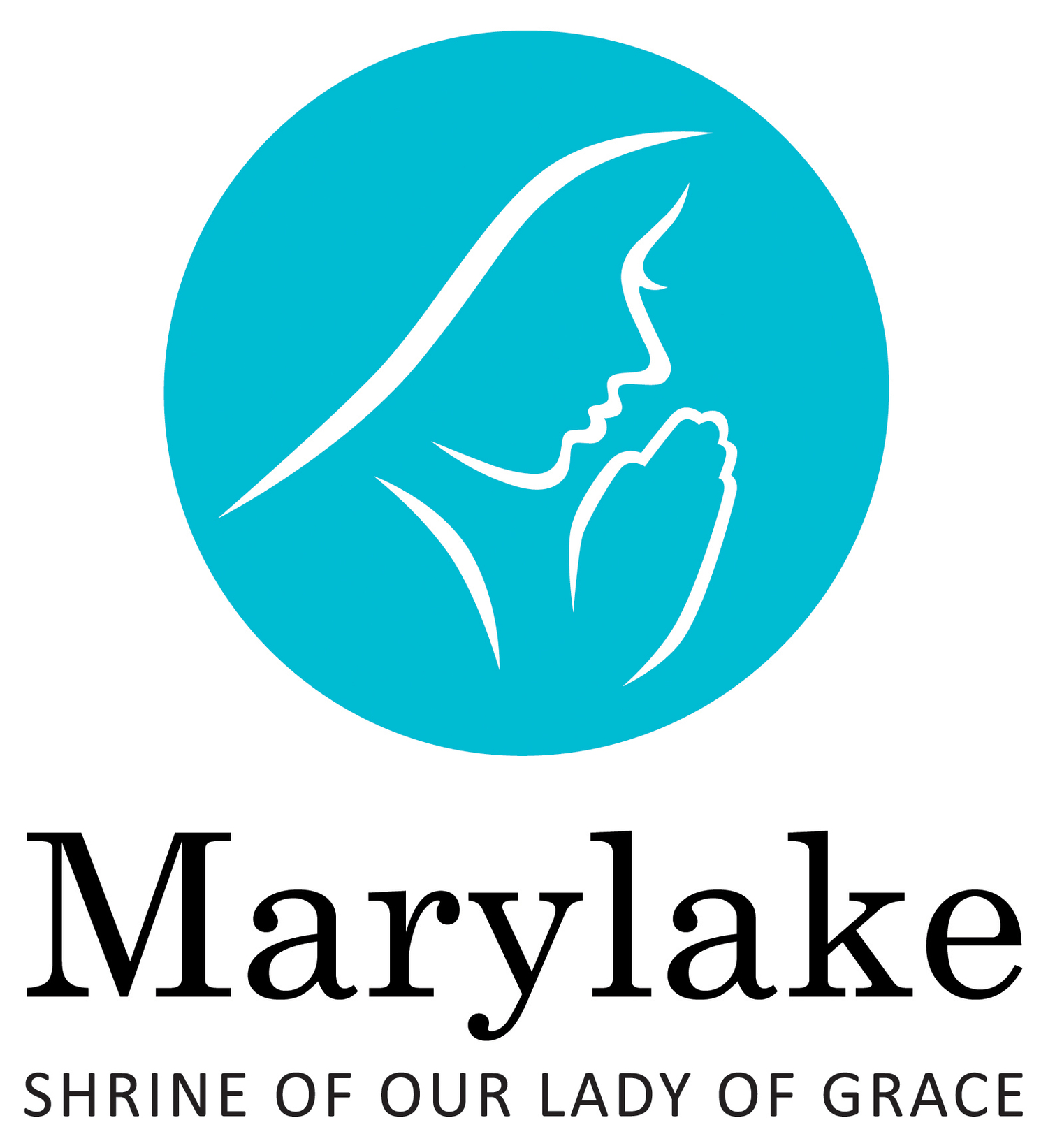Augustinian Fathers (Ont) Inc.
Our Directors and Trustees
Angelo Bitondo, President
Remo D'Angelo, Vice-President
Paul Paradiso, Treasurer
Quinto Annibale, Secretary
Fr. Anthony Pizzo, O.S.A.
Fr. Joel Okojie, O.S.A.
Fr. Richie Mercado, O.S.A.
Fr. James Halstead, O.S.A.
Lou Conte
John Gennaro
The board of trustees is the governing body that represents the interest of the patrons of a church. Members of most trustee boards are elected by vote of the congregation. The board assumes responsibilities as a whole as well as assigns specific duties to individual members.
Budgetary Duties
Trustee boards are typically in charge of budgetary matters within a church. The board defines a budget and appropriations at the beginning of each year and develops a uniform system to accept offerings and donations, pay bills and make purchases. All revenues and expenditures are documented by the board and evaluated periodically during trustee meetings.
Ministry
Development of new ministries and outreach programs usually falls to the pastor or other church clergy, although the board of trustees plays an important role in supporting these efforts. For example, if a congregation member is interested in starting a Bible study program, he must first ask the pastor and later, if the program requires financial backing, it may be discussed before the board. To foster a cohesive environment, the board must understand the philosophy and missionary goals of the church.
Property Maintenance
Another role of the trustee board is to maintain the building and property owned by the church. In many cases, trustee boards make policy decisions regarding whether or not outside organizations may rent and use space within the church. The trustee board may also be tasked with assessing property insurance liability risks and ensuring that the church is in compliance with neighborhood and zoning regulations.
Delegation
Most church trustee boards appoint officers from within. The highest officer is the president or chairperson, who prepares the agenda and presides over each meeting. In some churches, the president is given the legal authority to enter into contracts on the institution's behalf. The vice president assumes the president's duties in his absence. The secretary provides clerical support and keeps track of meeting minutes, and the treasurer prepares budgetary reports and ensures financial accuracy.
Vision of St. Augustine
By Fra Filippo Lippi, circa 1406-1469
St. Augustine was trying to comprehend the dogma of the divine Trinity as he walked along the seashore when he saw a small boy removing water from the sea with a spoon and pouring it into a hole. When Augustine asked him the purpose of what he was doing, the child answered that any attempt by the human mind to comprehend the mystery of the nature of God was as vain and hopeless as seeking to remove all the water from the sea with a spoon. Having said this, he disappeared. Fra Filippo Lippi was possibly the first artist to take up this rare subject. He depicts the mystical event as a real scene taking place amongst the hills of his native Tuscany. Instead of the sea he showed a stream, and in the distance to the left we see the bend of a river and the towers of a small town. In the upper right corner is a three-faced sun, a symbol of the Trinity.

